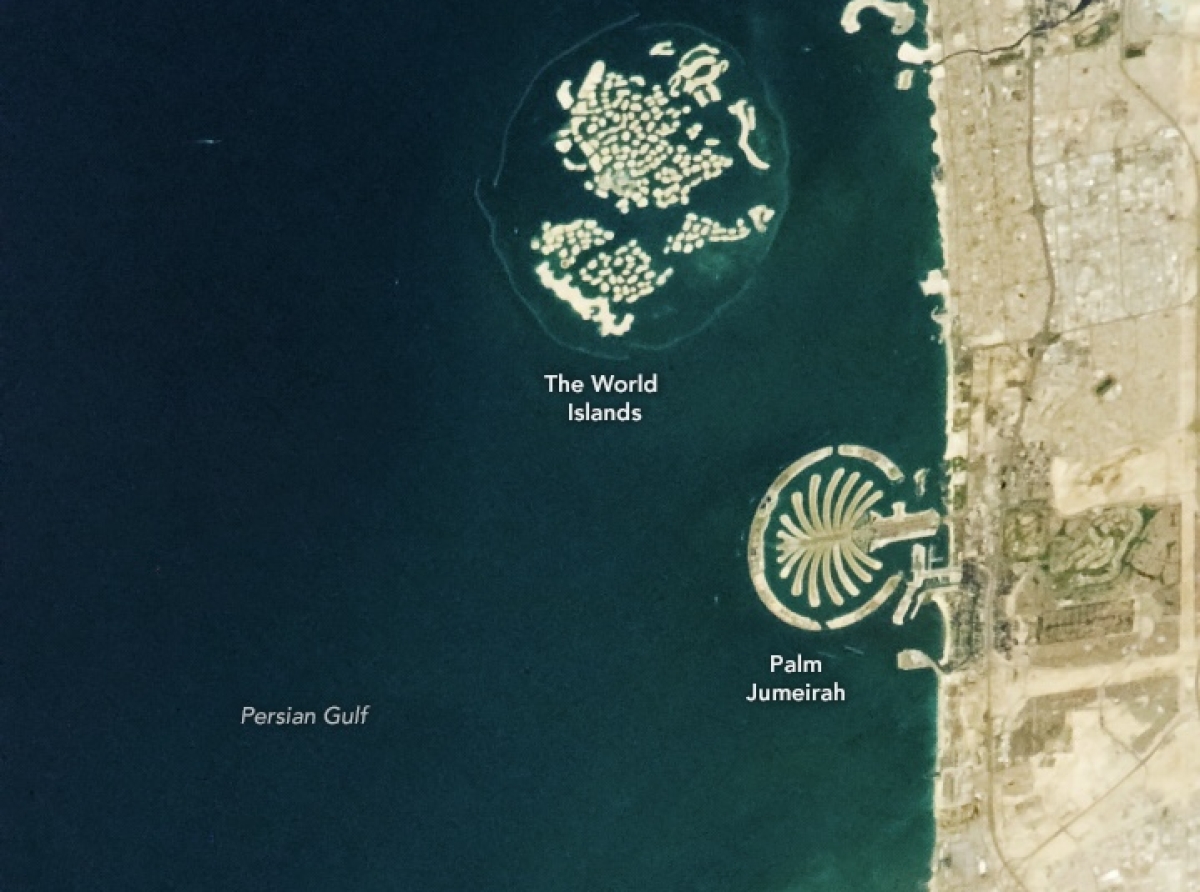DMCC Presents Record-Breaking Silver Bar Ahead of Planned Tokenisation
DMCC has introduced what Guinness World Records has certified as the wor...
Nov 28, 2025

Once a quiet stretch of desert coast, Dubai’s shoreline now curves around some of the most ambitious artificial landforms ever constructed: the iconic Palm Jumeirah and the surreal archipelago of The World Islands. These man-made marvels have not only redefined urban planning but also challenged the limits of modern engineering and environmental science.
Building from the Sea
Construction of the Palm Jumeirah began in 2001, led by Dubai-based developer Nakheel and executed by Dutch dredging companies Van Oord and Boskalis. Instead of using concrete or steel, engineers relied on a process called land reclamation, which involves dredging sand from the sea floor and spraying it into place using GPS-guided ships—a technique known as rainbowing.
Palm Jumeirah contains around 94 million cubic meters of sand and 7 million tons of rock. Its structure includes a 4 km-long trunk, 17 fronds lined with villas, and a crescent-shaped breakwater designed to absorb wave energy and protect the interior lagoon. To stabilize the sand, engineers used a method called vibro-compaction, which vibrates the ground to increase its density.
The World Islands project, located 4 km offshore, began in 2003. The development consists of about 300 small islands shaped to resemble a map of the world. More than 321 million cubic meters of sand and 386 million tons of rock were used to create the archipelago, which spans 9 kilometers in width and is enclosed by a crescent-shaped breakwater.
Environmental Consequences
While visually striking, these developments have not come without ecological cost. The dredging process buried coral reefs and disrupted local marine ecosystems. Fine sediment suspended in the water—known as turbidity—reduced sunlight penetration, threatening seagrass beds and oyster habitats essential to marine biodiversity.
Moreover, the artificial islands altered natural coastal currents. This led to coastal erosion in some nearby areas and stagnant water zones in others, increasing the risk of algal blooms and oxygen depletion. According to environmental assessments, such disruptions posed long-term threats to marine life along Dubai’s coast.
Engineering vs. Ecology
Dubai authorities have responded to these concerns with a mix of marine restoration and sustainable planning. Artificial reefs have been deployed around Palm Jumeirah to reintroduce marine habitats, while regulations on dredging and coastal development have become more stringent. Recent development proposals also emphasize climate resilience, seeking a better balance between innovation and environmental responsibility.
Dubai’s artificial islands remain a testament to human ambition and ingenuity. But as climate challenges mount, the next chapter in the emirate’s coastal evolution may depend not only on what we build—but how we build it.
Photo credits: Earth Observatory NASA.
Disclosure: Dubai Voice enhances the editing process with the help of carefully selected AI tools. These tools provide valuable support without taking over the editing process completely, ensuring that the final product is the result of human creativity and expertise augmented by the benefits of enhanced technology. This article is protected under the copyright of Dubai Voice. Unauthorized reprinting, republishing, or rewriting of this content is strictly prohibited without explicit permission from Dubai Voice. Quotations from this material are permissible provided that a direct link to the full article on Dubai Voice is included.